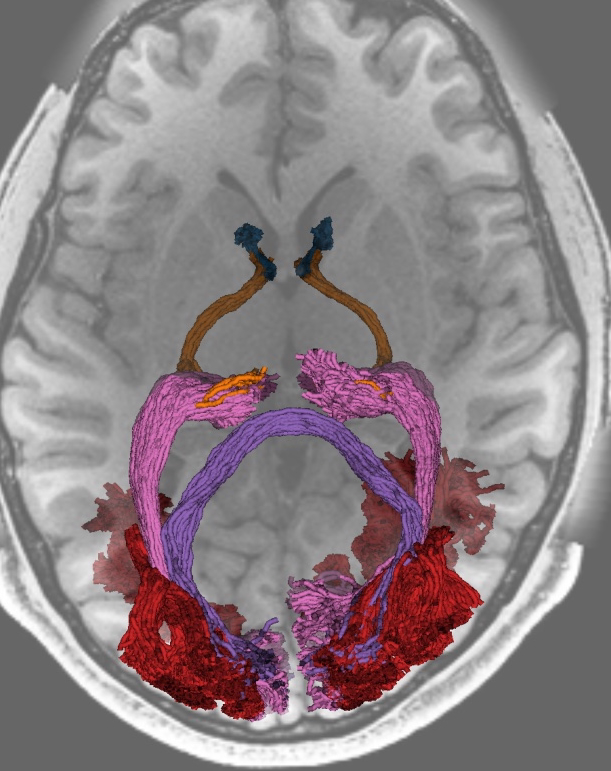5252
Member
Structural and functional brain mapping
The human brain processes sensory information from the environment to support our daily activities. The human brain comprises several distinct structural properties, including cortical layers, subcortical nuclei, and white matter tracts connecting brain areas. However, how our brain functions emerges from these structures is not yet fully understood. In other words, how can the “software” (function) of the brain be established based on “hardware” (structure)? To address this question, we investigate the structure-function relationship in brains.
Specifically, we combine structural and functional neuroimaging methods using magnetic resonance imaging facilities in the institute, including 7T MRI and 3T MRI with a strong gradient magnetic field, to understand how brain functions are related to brain structure. We also perform psychophysical studies to investigate mechanisms of visual information processing in humans. In addition, through collaborations, we perform cognitive neuroscience studies on sensory, motor, learning, and language functions, comparative studies on brain structure, and clinical neuroimaging studies to evaluate the impact of retinal disorders on brain structure and function.

Visual white matter pathways in humans identified by diffusion-weighted MRI (Takemura et al., 2024b).
Selected publications
*Luo J et al. (2024) J Vis 24, 12.
*Takemura H et al. (2024a) Curr Biol 34, 3632-3643.
*Takemura H et al. (2024b) Magn Reson Medi Sci 23, 316-340.
*Oishi H et al. (2023) NeuroImage 265, 119777.
*Miyata T et al. (2022) J Neurosci 42(35), 6761-6769.
